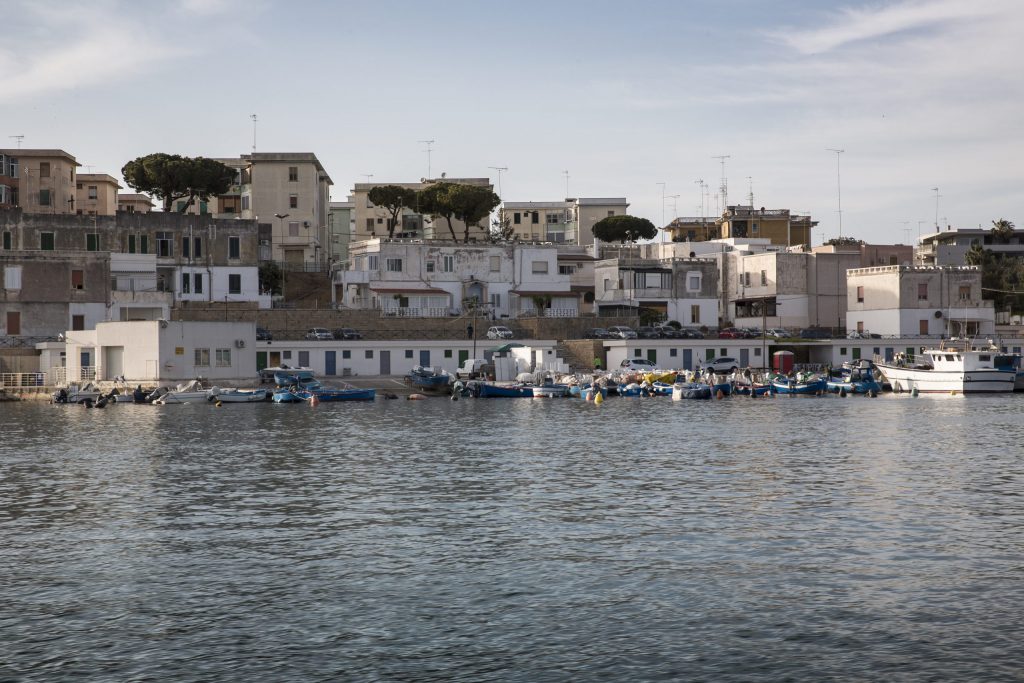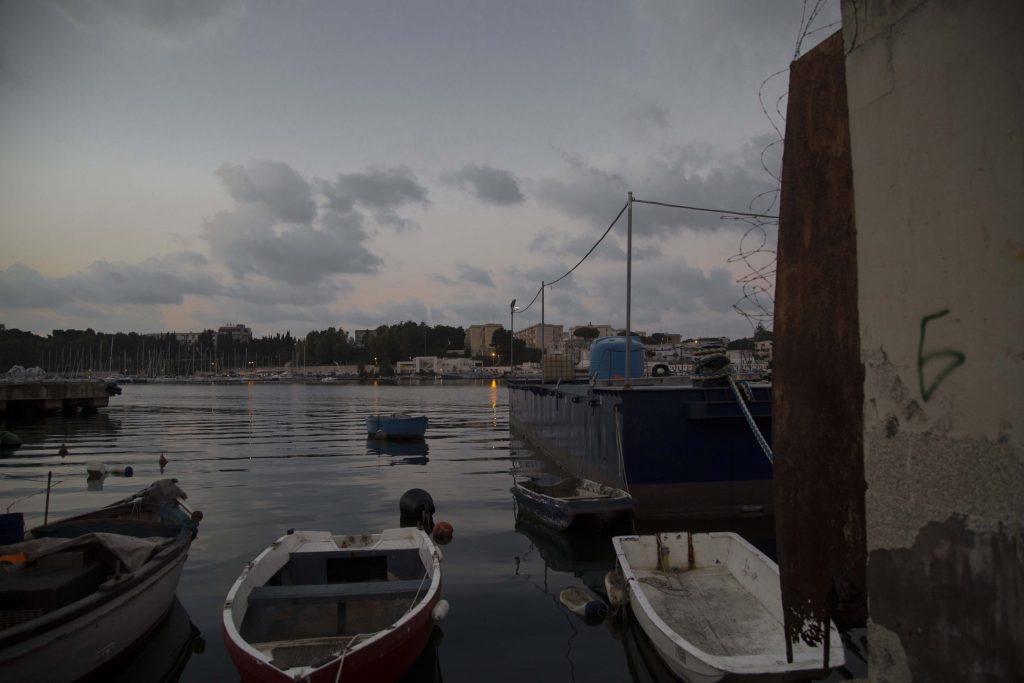Cart
11
Quantity
4,00 €
Quantity
5,00 €
Quantity
5,00 €
Quantity
4,00 €
Quantity
4,00 €
Quantity
22,00 €
Quantity
18,90 €
Quantity
5,00 €
Quantity
5,00 €
Quantity
5,00 €
Quantity
5,00 €
Product You May Also Like
Payment details
Sub Total
96,90 €
Shipping
Free!
Total
96,90 €
Apply

 Mustaccioli
Mustaccioli
 Orecchiette Pasta
Orecchiette Pasta
 Blonde Haiku
Blonde Haiku
 Taralli with Salento Dried Tomatoes
Taralli with Salento Dried Tomatoes
 Hot Pepper Taralli
Hot Pepper Taralli
 Olio d'Oliva E.V. 500 cl.
Olio d'Oliva E.V. 500 cl.
 Amore DI Puglia Pillow
Amore DI Puglia Pillow
 Country Orecchiette
Country Orecchiette
 Raisin Wheat Orecchiette
Raisin Wheat Orecchiette
 Maccheroni Pasta
Maccheroni Pasta
 Sagnette Pasta
Sagnette Pasta




















Leave a comment